Google (Waymo) and Mobileye both are doing self-driving cars and they have different strategies,
| Mobileye | ||
|---|---|---|
| Level | L4 | L2 -> L3 -> L4 |
| Strategy |
|
|
| Years of development | 8 years (from approx. 2009) | 18 years (from approx. 1999) |
| Interesting facts |
|
|
| Year to reach L4 | 2020 | 2021 |
Autonomous Level 4 is high driving automation at which a driver is still in the car and he can overtake the autonomous system.
Waymo also detects objects but focuses more on its deep learning to mimic a good driver. However, a good driver can handle “new” and not-experienced situations safely, which is the rare cases in ML database. Without enough such rare cases, ML will never learn well. To collect such cases, it faces two problems,
- ML resource will exponentially increase
- It will never achieve zero-fatality rate with limited cases for ML because there are always cases AI driver does not see/learn
On the other hand, Mobileye sets the goal of zero-fatality rate for its system. The fatality rate for 100 million Km (in USA in 2015) is 0.7 . It is questionable if it is a realistic goal to have zero-fatality rate for autonomous drive.
Furthermore, Mobileye claims that its approach is different from Waymo’s. I think they have big overlaps.

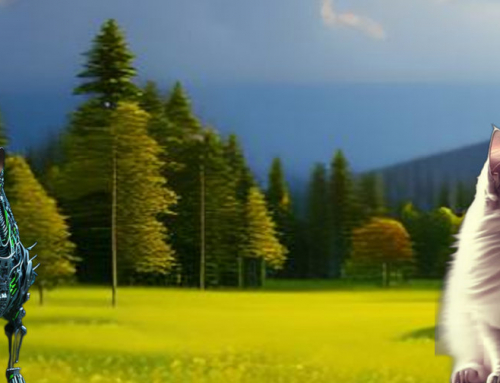
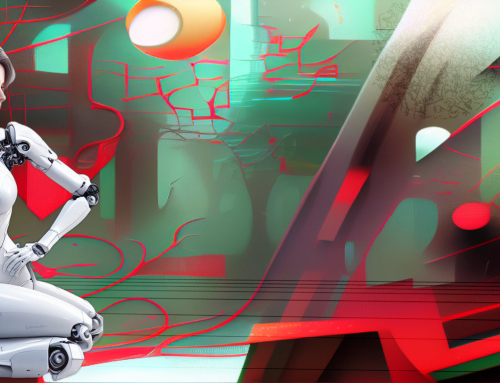

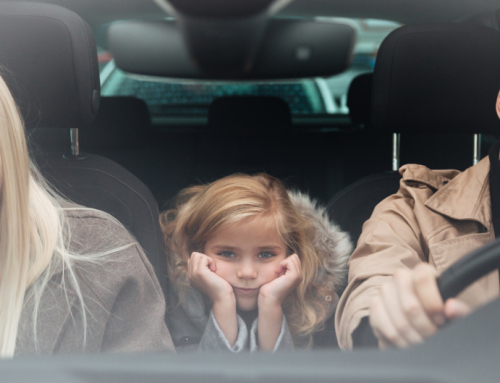
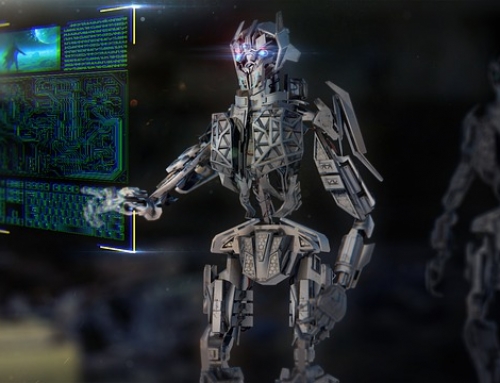
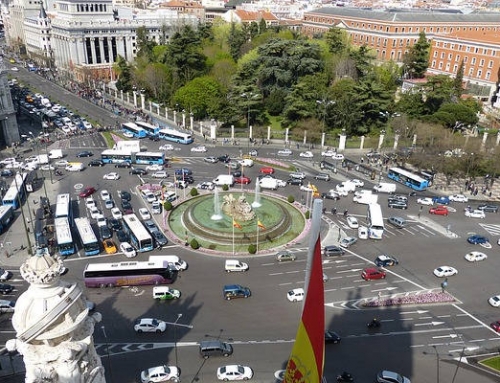
Leave A Comment